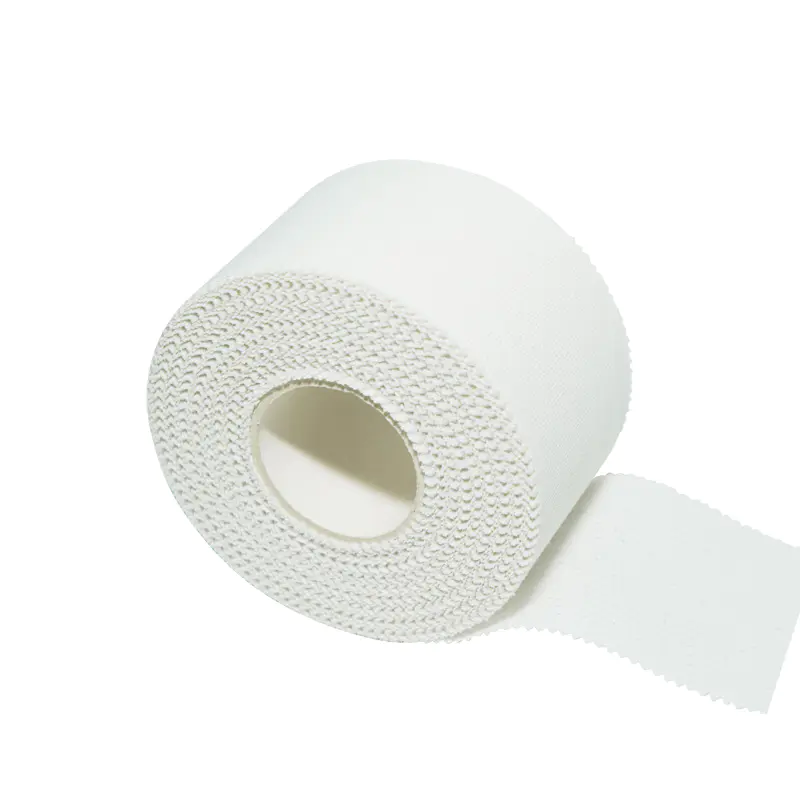Athletic tape is the broader, more commonly used term to describe adhesive tapes designed for use on the body to support or restrict movement of muscles and joints. Its primary purpose is to provide stability, compression, and proprioceptive feedback, aiding in injury prevention and recovery.
A prevalent type of athletic tape is cotton athletic tape. This refers to a non-elastic, rigid tape typically made from 100% cotton, often with a zinc oxide adhesive. Its strong, inflexible nature makes it ideal for:
Immobilization: Effectively restricting the movement of an injured joint, like an ankle or wrist, to promote healing and prevent further damage.
Support: Providing external support to ligaments and tendons, common in sports that involve quick changes in direction or repetitive motions.
Compression: Helping to reduce swelling in injured areas.
Other terms you might encounter for cotton athletic tape include rigid athletic tape, white athletic tape, or simply zinc oxide tape (referring to the adhesive). These terms generally describe the same fundamental product: a strong, non-stretch tape designed for maximum support and restriction.
The term sports tape is often used as a general umbrella term encompassing all types of tapes used in sports, including but not limited to traditional athletic tape. This broader definition means "sports tape" can refer to:
Traditional Athletic Tape (Cotton Athletic Tape): As discussed, this is a major component of "sports tape."
Kinesiology Tape (K-Tape): This is a distinctly different type of sports tape. Unlike rigid athletic tape, kinesiology tape is elastic and designed to mimic the elasticity of human skin and muscles. It's used to support muscles, improve circulation, reduce pain, and facilitate lymphatic drainage without restricting range of motion. It comes in various colors and is often seen on athletes during competitions.
Cohesive Bandages: These are self-adhering wraps that stick to themselves but not to skin or hair. They offer compression and light support and are often used to secure dressings or provide temporary support.
Underwrap: A thin, foam-like material applied to the skin before taping to protect it from adhesive and friction, often used with rigid athletic tape.
The primary distinction lies in the elasticity and intended function.
Selecting the appropriate tape depends entirely on the specific need:
If you need maximum support and immobilization for a joint, or to prevent excessive movement, cotton athletic tape (or its synonyms like rigid athletic tape or white athletic tape) is your go-to.
If you're looking for muscle support, pain relief, and improved performance without restricting your range of motion, kinesiology tape is the better choice.
If you're simply using a general term to refer to any tape used in sports, sports tape is perfectly acceptable, but it's important to be more specific when discussing particular applications.
In essence, while sports tape is a broad category, athletic tape often refers more specifically to the rigid, non-elastic type, with cotton athletic tape being a very common and effective example within that category. Understanding these nuances empowers athletes and practitioners to make informed decisions for optimal injury management and performance.







